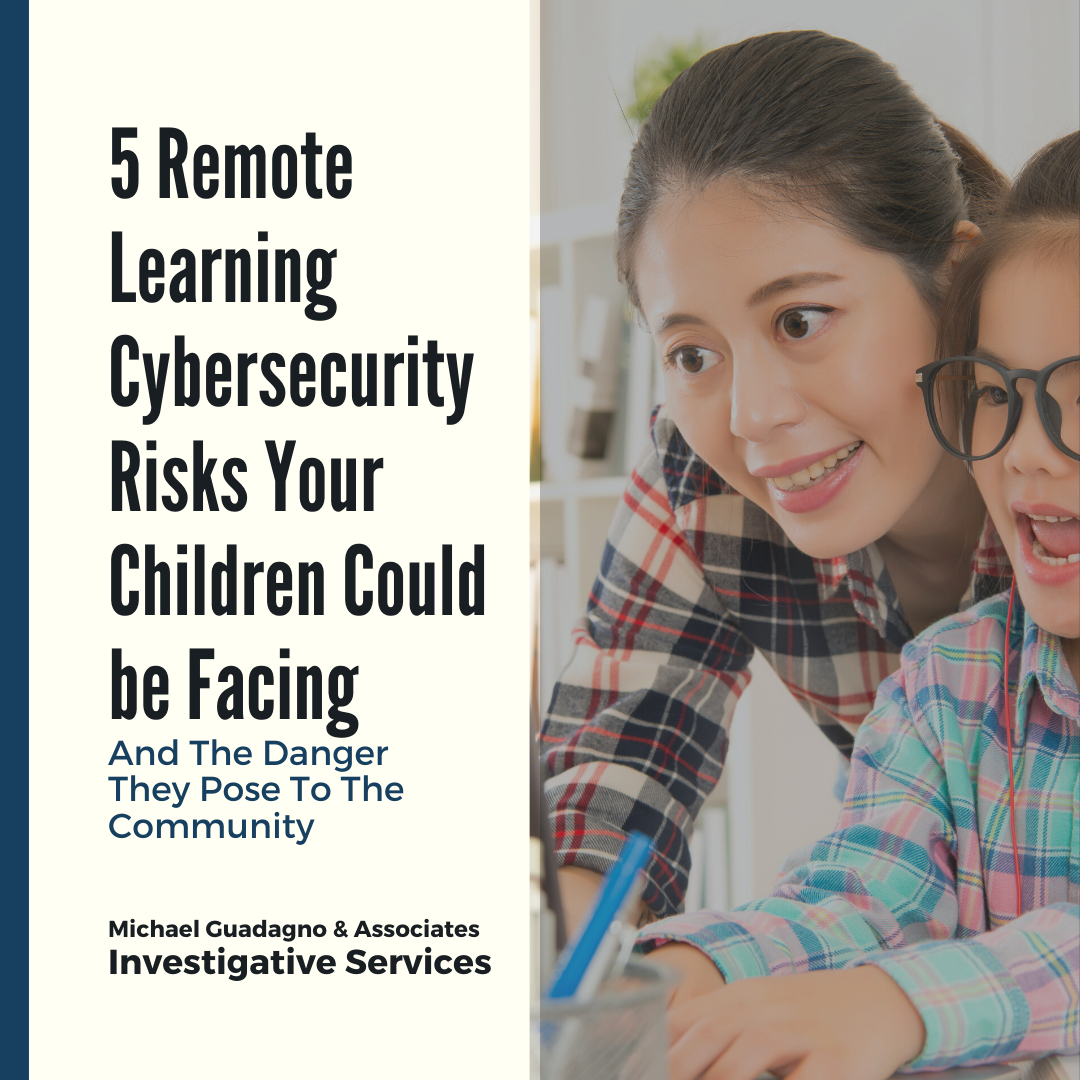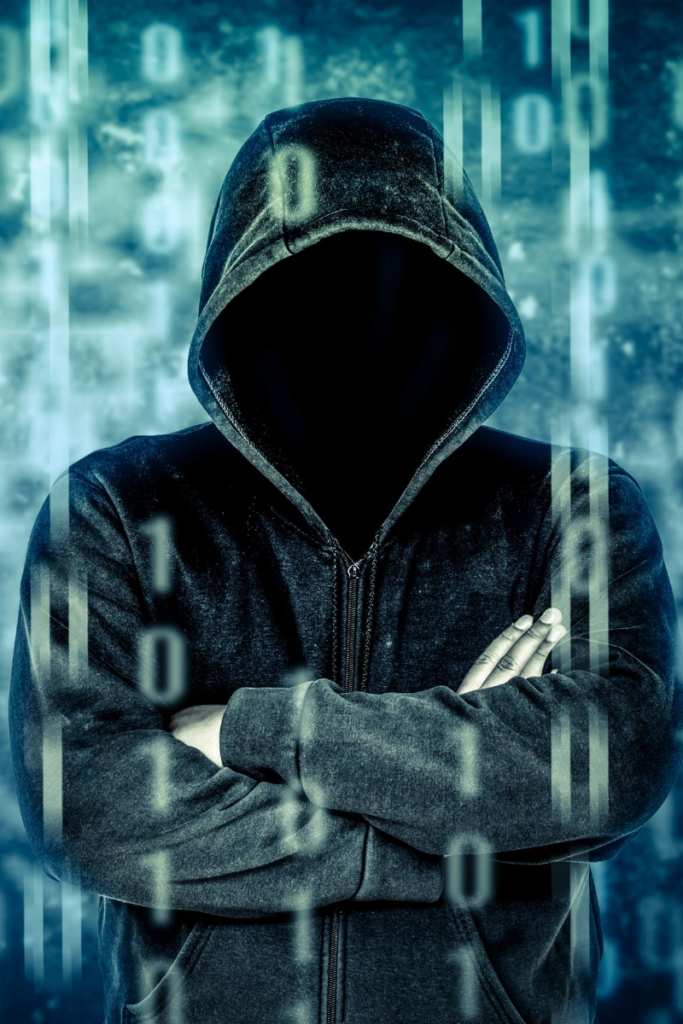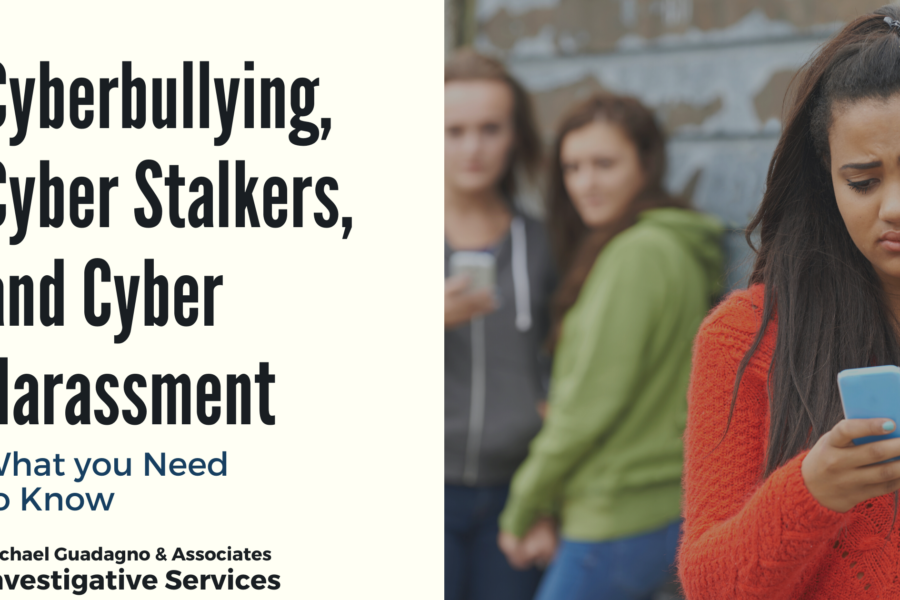
Due to COVID-19, parents, students, teachers and school systems all over the country are scrambling to deliver remote learning options that work for everyone. Some school systems are beginning the year remotely with plans to start in-person learning when things ease up, while others have no plans to offer anything but remote learning until the pandemic is over.
A recent survey shows, “69% of NC students will take remote classes due to COVID-19”. Like it or not, online education is coming to a school near you, and it’s coming fast.
For suburban communities, teaching students remotely should go relatively smoothly. In many cases, kids are more familiar with the software than parents; however, in more rural and urban areas, this is not the case. It could present significant problems for everyone.
Cybercreepapaloza

In a rush to provide remote learning to everyone combined with budget constraints, politics and untrained users we could be opening ourselves up for big trouble! Many schools and teachers have chosen to use new apps and services they have not thoroughly tested. These cloud-based apps and services might not be very secure and be susceptible to breaches. This is just the tip of the iceberg as cyber-creeps continue to find new and inventive ways to leverage methods like phishing, malware, social engineering, and more to pull off cyberattacks on teachers, parents, students and even local and state government computer networks.
While our country has made enormous strides regarding technology, there are still plenty of communities trying to catch up. Local and state government budgets control what they can afford and most of the time their systems are not secure. This has created a veritable smorgasbord of opportunity for cyber-criminals to wreak havoc.
Here are the top 5 most critical cybersecurity risks your children face while transitioning to remote learning (+1 we should all be talking about):
- No Secure Remote Access: No WiFi is a big problem for any community that hopes to teach remotely. In many areas, this has led to some “out-of-the-box” thinking like hotspots on school buses driven from neighborhood to neighborhood. While this may solve the WiFi issue, hackers can easily gain access to less secure systems.
- Unsecure Mobile Networks: Mobile devices such as phones and tablets are also being used for remote learning. The problem is, a single unprotected device could compromise the entire school network and systems.
- Privacy Issues Due to Easy Access to Your Data: Unless your school system has taken appropriate measures to secure connections to school servers, teachers who log in from home may be providing hackers an open door to your district’s network.
- A Lack of Protection Against Malware: When 100’s of devices connect to a network, many variables could lead to catastrophe. These include your computer’s overall age and health, whether your laptop lacks essential updates and patches, and whether your computer’s antivirus software is updated and running. Unless advanced web protection capabilities used to identify and block the web threats have been deployed, you’ll be unable to enforce web filtering rules. This will invite a slew of issues such as cyberbullying, inappropriate content, abuse, and other online threats.
- A Lack of Protection Against Phishing Attacks: Outdated computers and software combined with a lack of understanding by people who are new to them open up a host of social engineering and phishing attacks to parents, teachers, students and schools. Students, teachers, or staff members can get manipulated to click on malicious links provided by cybercriminals, giving them access to the school’s network and precious resources.
BONUS RISK

No Local, State Or Federal Unified Approach To Provide A Safe, Secure And Well-Developed Remote Learning Option Everyone Can Access
While the country is fighting a pandemic and focused on equal rights, we should all be working together to ensure everyone has what they need to safely and effectively attend school remotely. If one school system struggles due to budget issues and uses untested apps and software than provides students with cheap computers with outdated antivirus software, the consequences could be felt nationwide. It may be in your best interest to contact your local school representatives and ask a few questions, like:
- What precautions are they taking to protect your data and your privacy?
- What precautions are they taking to protect your children from cyberbullying and harassment?
- Are they using tested apps and software?
- Are they offering any training for students and parents to ensure they understand what to do?
- Will they provide any assistance to help you secure your devices?
Remote learning will help many people in many ways because learning new things online is boundless. Programs like this should be rolled out in chunks, tested and amended to ensure a smoother transition. Unfortunately, that is not the case here, so it’s up to us to work together to give our kids a bright future.
Let us know if you have any questions.
Michael Guadagno & Associates doesn’t just catch the bad guys; we help prevent bad situations from occurring. If you’re planning to make a big decision and need assurances, contact us.
🖥 www.ispyck.com
☎️ (919) 363-6321
📨 [email protected]


